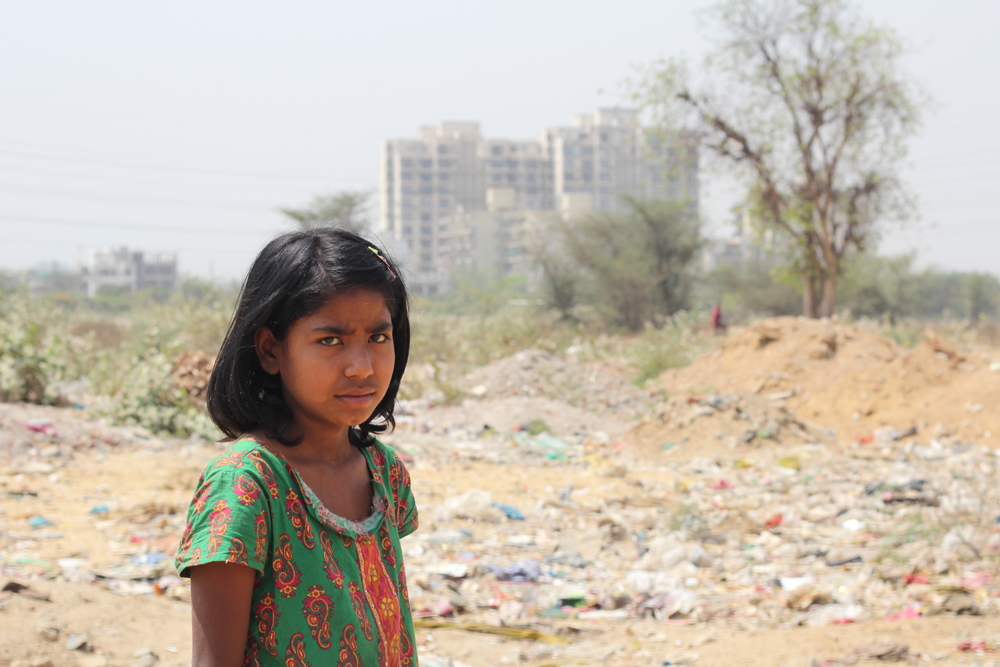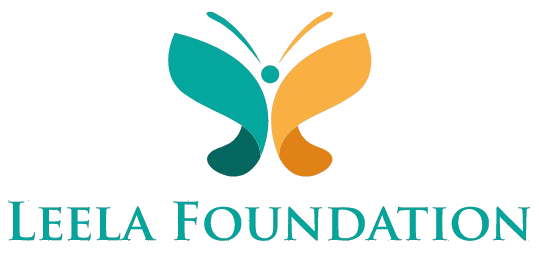Let no child die of hunger in modern India

Shyama is a 13-year old rag picker who lives in Sector 56 Slums an urban slum of the Millennium city of Gurugram. Even as she segregates the garbage in a landfill, she carefully puts any edible leftovers in a separate polybag to take home for her pregnant mother and infant brother. Not surprisingly, she is underweight, her mother is severely anemic, and her infant brother is showing signs of early stunting.
When Leela Foundation outreach workers reached her house to hand over the COVID-19 hygiene kit and a basic dry ration packet as part of their COVID-19 community initiatives, they found Shyama sorting out her day’s collectibles from the landfill and trying to put some food on the table. It did not take long for the Leela Foundation volunteer to grasp the situation.
After two hours of counselling they could convince her mother to let her enroll in the Education on Wheels (EOW) programme run by them that provided children like Shyama an opportunity to avail of education through informal means while continuing to support their families. Currently they are in discussion with her mother to utilise her skills in a small cottage enterprise entailing drying and grinding of spices and bottling of pickles which several of the self help groups are preparing under Leela Foundation guidance.
India has been a free country for over seven decades but is yet to gain freedom from anemia and malnutrition. Despite government programmes, PPP efforts, a strong NGO presence at the grassroots and countless community initiatives, the percentage of children, young adults and women who are anemic is still hovering at alarmingly high levels. While it is common knowledge that pregnant women, newborn infants, lactating mothers and adolescent girls suffer a huge nutritional disadvantage due to ignorance and a deep-rooted societal bias, an interesting revelation that emerges from the National Family Health Survey (NFHS 4) data and which also correlates with Shyama’s domestic situation is that male infants too are just as anemic and malnourished as their female infant counterparts. Part of this is due to the mother being malnourished and anemic which affects the newborn and the rest of course due to poverty and lack of access.

